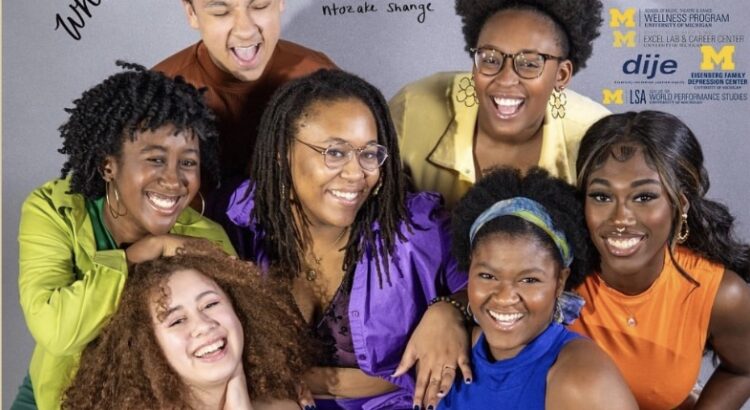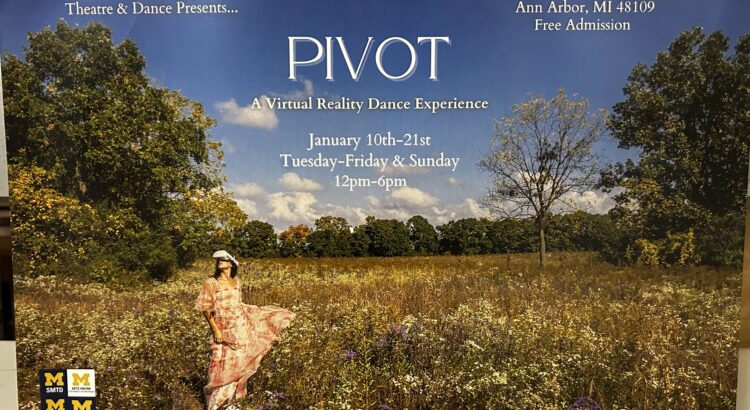A Little Night Music, based off of the movie Smiles of a Summer Night, was an exciting and jaw-dropping musical full of plot twists and shocking revelations that uses humor, song, and dance to portray infidelity as a romantic comedy. Set in 1900 Sweden, the story revolves around a messy love web between a lawyer, Fredrik Egerman; Fredrik’s wife, Anne; a famous traveling actress, Desirée Armfeldt; Desirée’s lover, Count Carl-Magnus Malcom; and the Count’s wife, Charlotte.
The drama between the characters shows the darker side of romance in a sarcastically endearing way. The men are ungrateful towards their partners but down bad for Desirée, which is what generates the jealousy that pushes the plot forward in unexpected ways. The entire time I was on the edge of my seat, uncertain where the story was taking me. The ending was bizarre yet satisfying: happy yet bittersweet. Afterwards, I had a lot of fun talking to my friend about all of the twists and turns in A Little Night Music, which for me is what set it apart from the other musicals I’ve watched. It was a story completely different from what I expected when reading the description of the plot online.
The students really brought this show to life; their voices perfectly replicated the classic European noble accent. The wardrobe was gorgeous, particularly Desirée’s deep red dress and Charlotte’s dark blue dress, a contrast that hints at their differences and heavy animosity. I was also very impressed by the live playing of the cello and piano on stage, as it was my first time seeing instruments played on stage by the actors and not by the musicians in the pit orchestra. Especially the student who portrayed Fredrik’s son, Henrik, who played the cello with a very good tone and vibrato.
My favorite song would be “Send in the Clowns,” sung by Desirée as she discovers that love doesn’t always go as predicted. The lyrics were relatable and the emotion in her voice mirrors lots of the experiences people face in romance today. This is the last musical I’ll see this semester and was a fun one to review. If you’re looking for something to betray your expectations, then A Little Night Music is for you!













